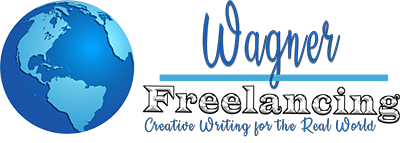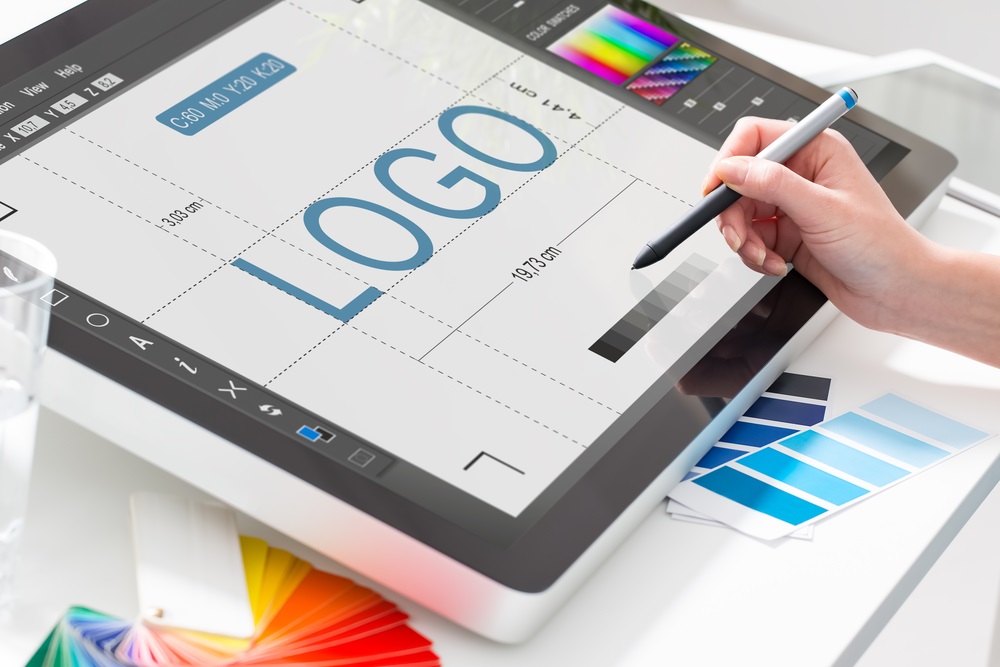What you need to know about your brand’s first impression
By A.J. Flick
Logos are often the first impression customers have of a brand. And, as they say, two things are lasting: Time and first impressions.
Yes, there’s a great deal of creativity that goes into a good logo, but there’s a lot of science, too. According to studies, 93 percent of purchasing decisions are based on visual perceptions.
Color and Logos
Color is prime when it comes to logos. Eighty-five percent of consumers say color is a main reason for buying a product and 80 percent say color increases brand recognition. Color can improve comprehension by 73 percent, learning by up to 68 percent, and reading by 40 percent.
Colors can subtly express what a brand stands for:
- Blue (Ford, Visa, Facebook) conveys security, calm, honesty, strength, caring, and trustworthiness
- Red (Coca-Cola, Disney, RedBull, Kellogg’s) conveys energy, love, excitement, action, boldness, passion
- Orange (Fanta, Nickelodeon) conveys happiness, sociability, friendliness, and affordability
- Yellow (McDonald’s, Shell, Bic) conveys logic, playfulness optimism, forward-thinking, and confidence
- Green (Subway, Starbucks, Spotify) conveys growth, organic nature, naturalness, caring, freshness, and earthiness
- Purple (Hallmark, Cadbury, Yahoo!) conveys imagination, creativity, and nostalgia
- Black (BBC, Sony, Chanel, Hilton) conveys sophistication, luxury, seduction, formality, and authority
- Multi-Colored (Google, NBC, eBay) conveys a multi-channel company, positivity, playfulness, boldness, and boundlessness
Logo Fonts
As you might expect, the right font makes all the difference. For instance, the candy company PEZ uses the shape of its products formed into its name. Jagged, angular typefaces can appear as aggressive or dynamic. Rounded letters give a more youthful appearance.
According to ebaqdesign.com, fonts are probably the most important element through which you can express brand personality so it’s imperative that modern brands are particular about the fonts they choose. Some big brands may develop their own font but small businesses and startups can do just as well choosing from a modern font for their logo. The top ten best modern fonts per ebaqdesign.com include:
- Helvetica® Now
- Proxima Nova
- TT NormsPro
- FF DIN®
- Avenir® Next
- Nexa™
- Cera Pro™
- Mont™
- Intro™
- Gilroy™
Get Your Logo in Shape
The shape of your logo plays a big part, too, when it comes to creating and building brand recognition. Subconsciously, consumers respond differently to shapes. Straight lines, circles, curves, and jagged edges have different meanings. A skilled designer can incorporate a shape to define your brand in a glance:
- Circles, Ovals, and Curves: (Pepsi, Hyundai, Land Rover, GE) Carry a positive, emotional message. Putting a logo in a circle can suggest community, friendship, love, relationships, and unity. Putting it in a ring implies marriage, partnership, stability, and endurance. Curves suggest a feminine nature.
- Squares and Triangles: (Lego, Domino’s, Adidas) Suggest stability and balance. Straight lines and shapes such as squares and triangles imply strength, professionalism, and efficiency. Triangles are associated with power, science, religion and law, but be careful as they can also be seen as masculine or having a company/brand with masculine bias.
- Vertical and Horizontal Lines: (IBM, Honda, Cisco) Subconsciously, consumers associate vertical lines with masculinity, strength, and aggression and horizontal lines with community, tranquility, and calm.
Good and Bad Logos
Judging a logo’s success or failure is subjective. Pepsi caused a stir by redesigning its logo so it looks like a patriotic beach ball. Some like it. Some don’t.
We can look at how some logos have evolved over the years to show their success. Take GE, for instance. It’s one of the most enduring and recognizable of logos and over the years and through redesigns, it has retained the character of the early company, which shows its endurance in the marketplace as well.
If there were a Hall of Fame for logos, Nike would have to be the first inducted. Its trademarked swoosh is much copied and envied for the action it conveys for the brand.
These days, Amazon’s logo is everywhere. Have you ever noticed that the ubiquitous arrow points from A to Z? How perfect is that?
And have you seen FedEx’s hidden arrow? It’s subtle, but if you look at the white space between the E and the X, you’ll see an arrow. Clever!
However, when GAP introduced a radically redesigned logo about 10 years ago, many criticized it as being an “if it ain’t broke, don’t fix it” move. Thousands of consumers protested on social media.
Starbucks’ evolving logo has produced applause and boos. The company had incorporated a mermaid into its logo as a nod to its Pacific Northwest origins. Early logos included the words “Starbucks Coffee” so consumers knew what the product was. But about 10 years ago, Starbucks removed the verbiage to focus on the mermaid and many protested. Maybe they hadn’t noticed the mermaid before or thought it belonged on tuna cans, but Starbucks never looked back and sales weren’t affected.
OK, in our imaginary Hall of Fame of Logos, let’s nominate the Swedish paper company Locum for biggest failure. The logo is famous, for all the wrong reasons, which we can’t describe. Just Google it and you’ll see why.
Tips for Creating a Great Logo
Your logo needs to tell your target audience, your consumers, about your brand. Dare to create a strong impression, but don’t go so far as to obscure your message.
Simple logos are often the best. Avoid too much complexity.
When you find a good logo that works, updating is OK, but don’t obliterate it. Consistency with a recognized logo is golden. In that vein, don’t tie your logo too closely with contemporary trends so it outdates it quickly.
Most of all, don’t plagiarize someone else’s logo. Learn from it, but don’t steal it or else you’ll have deep-pocketed, high-priced lawyers serving you papers!
If your brand incorporates many products, take a tip from Google’s family of logos that carries the brand’s message across different platforms. Some note that Google’s logos break the rules, but many applaud the company for creating a cohesive package of logos that consumers recognize across the platforms.
Trends in Logos
As we noted, your logo shouldn’t be so tied to a trend that it’s quickly outdated (unless, of course, that’s your intention). But there are many recent trends that can help drive the design of your logo including:
- Minimalism
- Unusual fonts, but they still need to be legible
- Gradient colors
- Text destruction (removing part of a font, word, or image to make it stand out)
- Overlapping elements with text or shapes
- Blank space (also called white space, negative space, empty space)
- Clean, thin lines (font wise, such as a sans serif font, not bolded)
- Unusual arrangement (such as stacking text or scattering text or elements)
- Visual balance (arranging elements so they’re balanced but not symmetrical)
- Monograms and abbreviations (after all, we don’t know it as Google Mail, it’s Gmail, right?)
Ready to Create a Logo?
By now, you should have a good idea about what it takes to create a great logo. A few final tips:
- Be Relevant: The best logos are relevant to the markets that are targeted. At the same time, they convey the brand’s personality and identity.
- Span the Ages: The right logos can endure the test of time. Think McDonald’s golden arches or Coca-Cola’s iconic font.
- Be Versatile: Remember that you’ll need to use your logo in a variety of ways from letterheads to social media to T-shirts, billboards, etc. You’ll want to be versatile enough the logo doesn’t lose its value when it’s blown up or shrunk down.
If you’ve done your homework, you can create a logo that connects with your targeted audience, generates interest in your brand, and keeps people coming back for more because you’ve created that association.
Should you have further questions about creating a strong logo or need assistance with creating an affordable logo for your business, contact Wagner Freelancing at (806) 220-5272. The call is free and there is no obligation.

